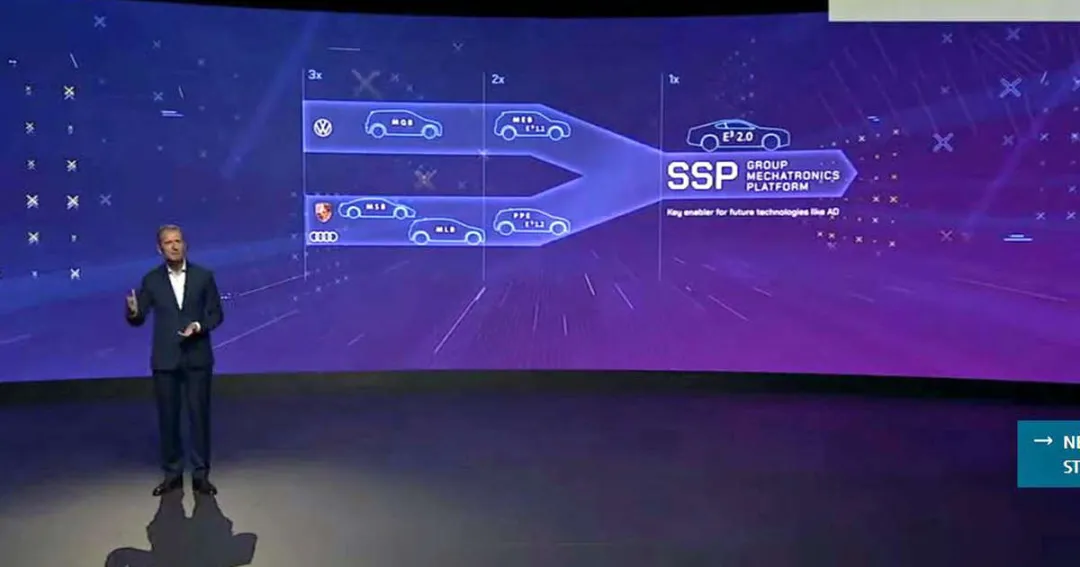Author: James Yang Jianwen
The Dragon Gate Formation is a form of traditional Chinese culture where groups of three to five people or pairs engage in storytelling, chatting, and idle conversation while engaging in activities such as walking, playing, and working together. This is according to the explanation found on Baidu Baike, the Chinese Wikipedia.
In other words, it’s just casual chitchat.
Prior to the IAA Munich International Auto Show, Volkswagen also engaged in its own version of the Dragon Gate Formation, with Volkswagen Group’s Managing Board Chairman, Herbert Diess, taking center stage. This event was even specially broadcasted live for global viewers.
This year in July, Volkswagen released their 2030 NEW AUTO Strategy, which announced their plans to accelerate their transformation into a software-driven mobile travel service provider.
And this time around, Volkswagen defined this night as the “NEW AUTO NIGHT”.
So what did they chat about?
Autonomous driving.
Why?
Because it’s the key to Volkswagen’s transformation.
As Diess said, “We’re transforming into electric mobility, and this is already a very complex process where all value chains are being rebuilt. But autonomous driving will completely change the automotive industry, and make it even more complex.”
According to Volkswagen, due to the development of autonomous driving technology, traditional combustion engine vehicles may only account for 30-40% of the market by 2030, with electric vehicles surpassing the former. The presence of autonomous driving will also bring about changes in business models.
In the NEW AUTO Strategy announced in July, Volkswagen stated that by 2030, personal mobility services are expected to account for 85% of total mobile travel, with mobility-as-a-service accounting for 15%.
All of these factors are driving Volkswagen to prepare and accelerate their transformation in the field of autonomous driving.
So how did they chat about it?
They leave that to the two main protagonists of the night: Herbert Diess and Bryan Salesky.
We all know Diess, so let’s introduce the latter. Bryan Salesky is the CEO of Argo Ai, which is the autonomous driving company jointly invested in by Volkswagen and Ford.
And so, the NEW AUTO NIGHT became a Dragon Gate Formation centered around these two titans.
The beginning of the collaboration
Before the chat started, Diess talked about the process of their collaboration. Three or four years ago, Volkswagen began looking for partners in the field of autonomous driving.# Volkswagen not only had contact with Argo, but also talked to other competitors, but eventually decided to cooperate with Argo and Ford. “Argo already has a very clear development plan for the future and has a very outstanding team,” said Volkswagen.
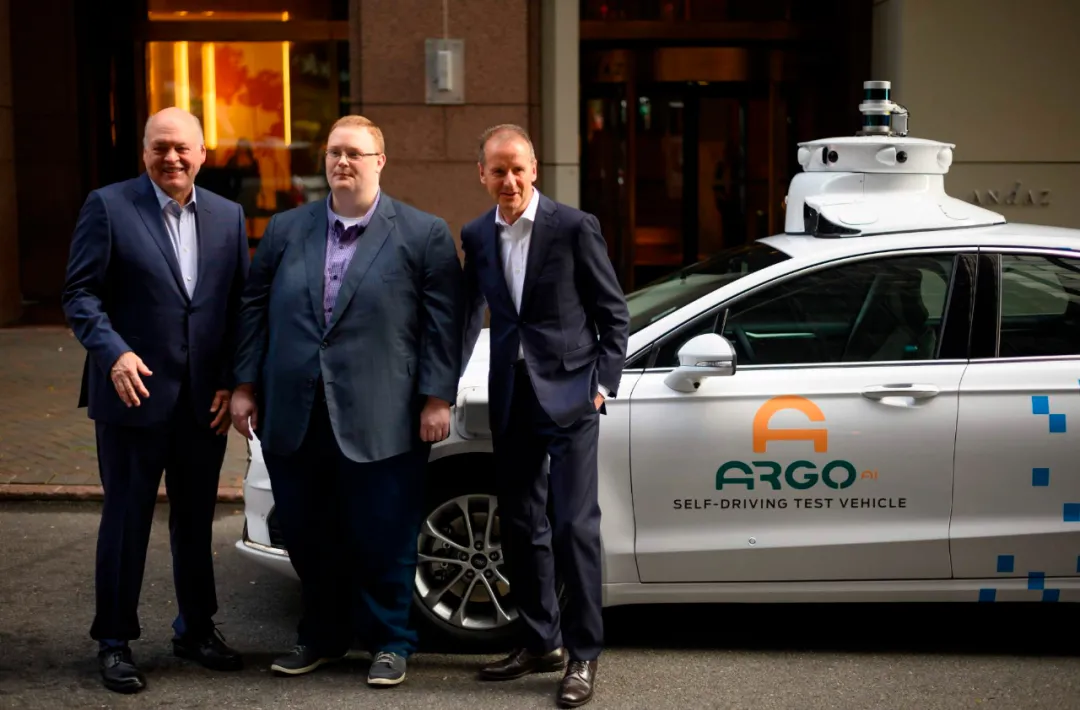
Afterwards, Volkswagen invested $2.6 billion (including $1 billion in cash) in Argo AI. Volkswagen’s subsidiary Autonomous Intelligent Driving (AID) was integrated with Argo AI and its employees joined the latter’s team.
Diess remarked that the best way for technology companies and traditional car manufacturers to collaborate is to establish a partnership.
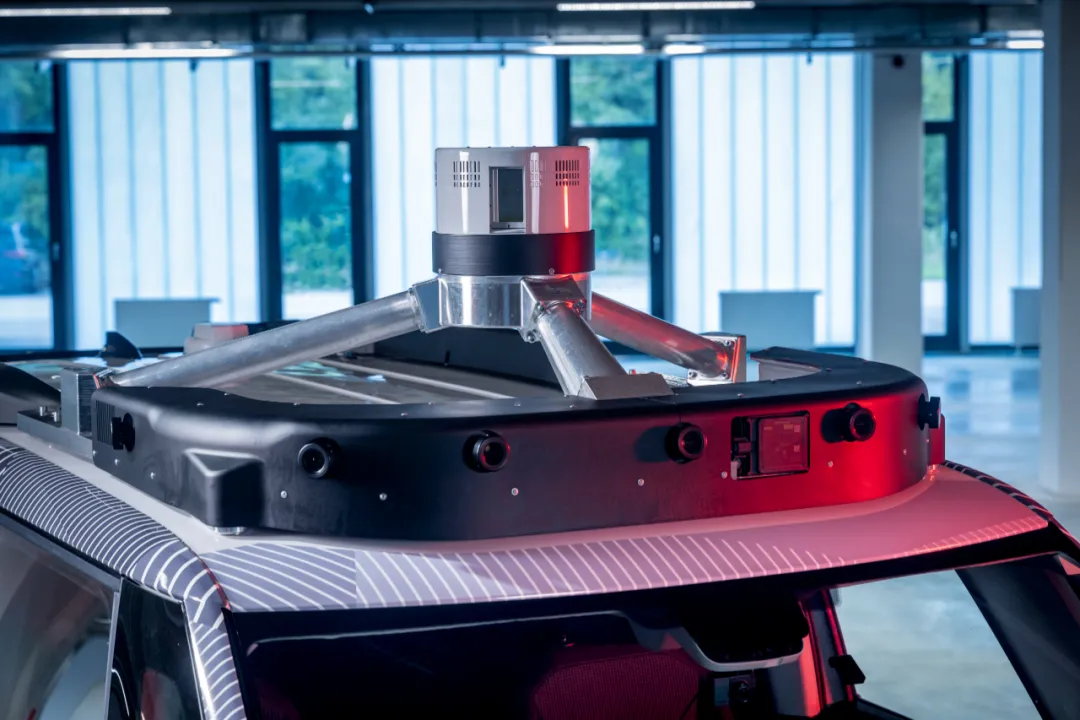
Next, Diess began his “hundred thousand whys” mode and asked Bryan for his opinion on autonomous driving.
Autonomous driving cannot be achieved in the short term
Diess asked Bryan about his views on autonomous driving, and Bryan directly poured cold water on the current state of autonomous driving.
From his university days until he founded Argo AI, Bryan has been studying autonomous driving for more than 20 years.
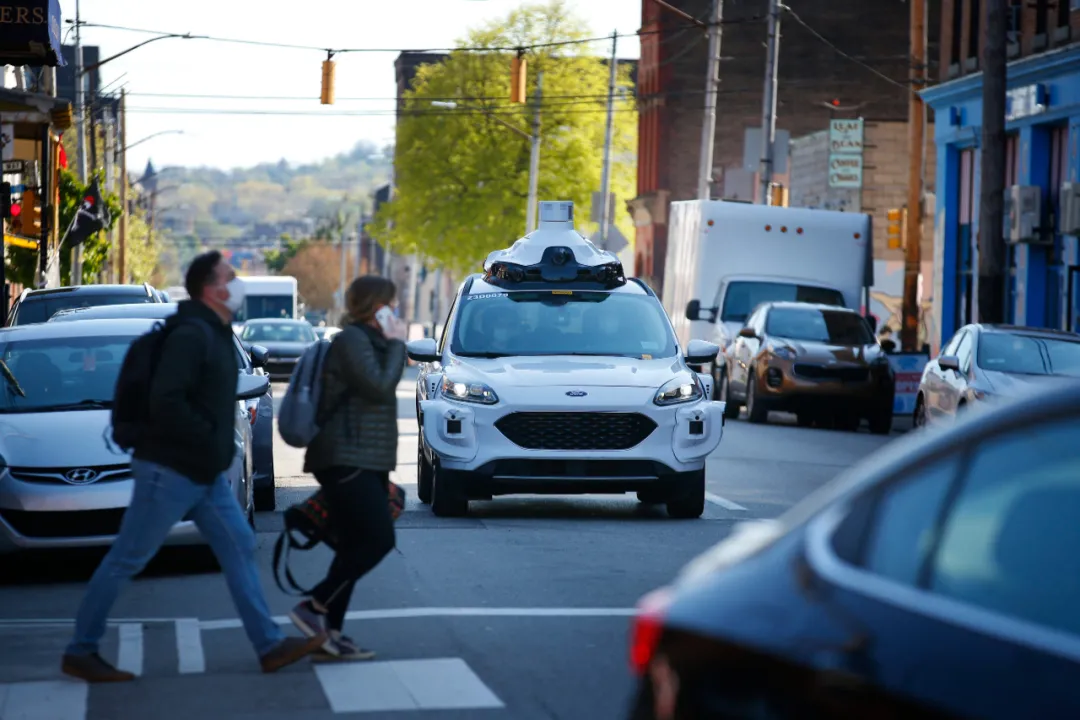
In his view, the world currently underestimates the difficulty and complexity of autonomous driving technology. “I think it is something that requires generations of people to work together, and may never be completed.”
Just suddenly want to ask, is this to reduce Diess’s expectations for autonomous driving? 🙂
The premise of successful autonomous driving: the larger the scale, the more data
In Bryan’s view, to achieve autonomous driving, it is necessary to achieve large-scale deployment to obtain more scenarios and more data. Only by giving computers enough examples (data) can these algorithms be better trained (fed).
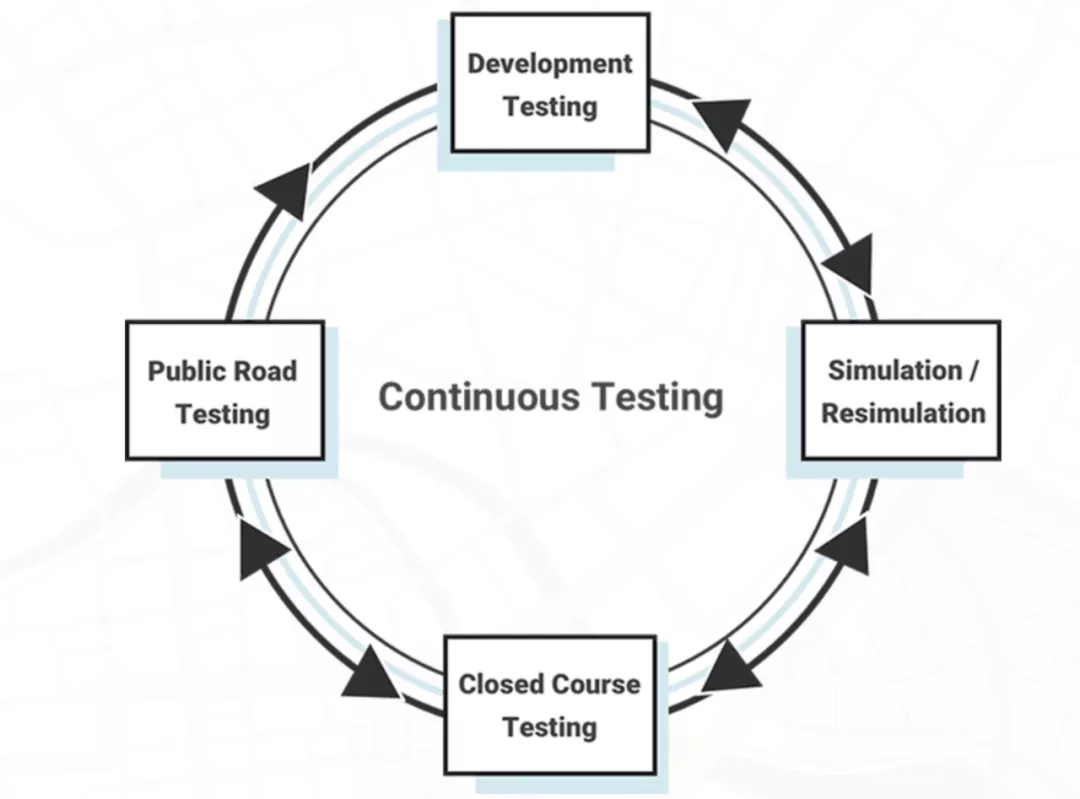
In his words, “the key point is not how big our database is, but how complete our database is. These are two concepts.”
Autonomous driving can only perform better if it has enough scenarios, including the so-called long-tail scenarios, which are things we usually don’t encounter but determine whether autonomous driving is good or not.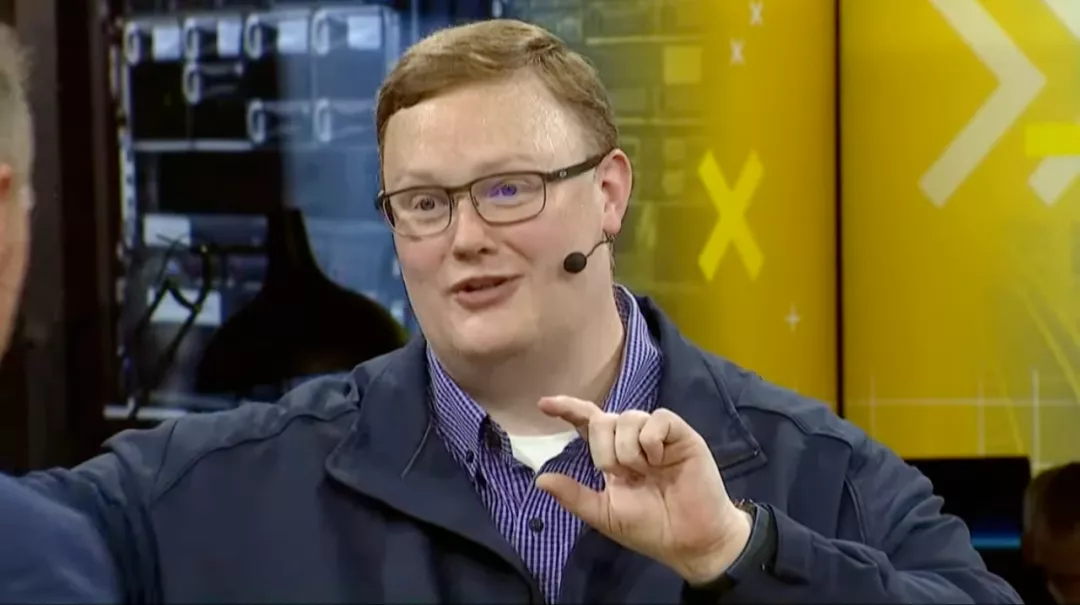
“Simply letting the computer recognize objects in front of it is not sufficient. We want the system not only to detect what’s ahead, but also to predict what the objects will do next, so that our self-driving technology can make better path planning.”
At this point, Bryan criticized some of his competitors who want to demonstrate their self-driving technology as quickly as possible in simpler scenarios, but if you only train your autonomous vehicles in such areas, you will need to rewrite your programs frequently once you encounter more complex situations.
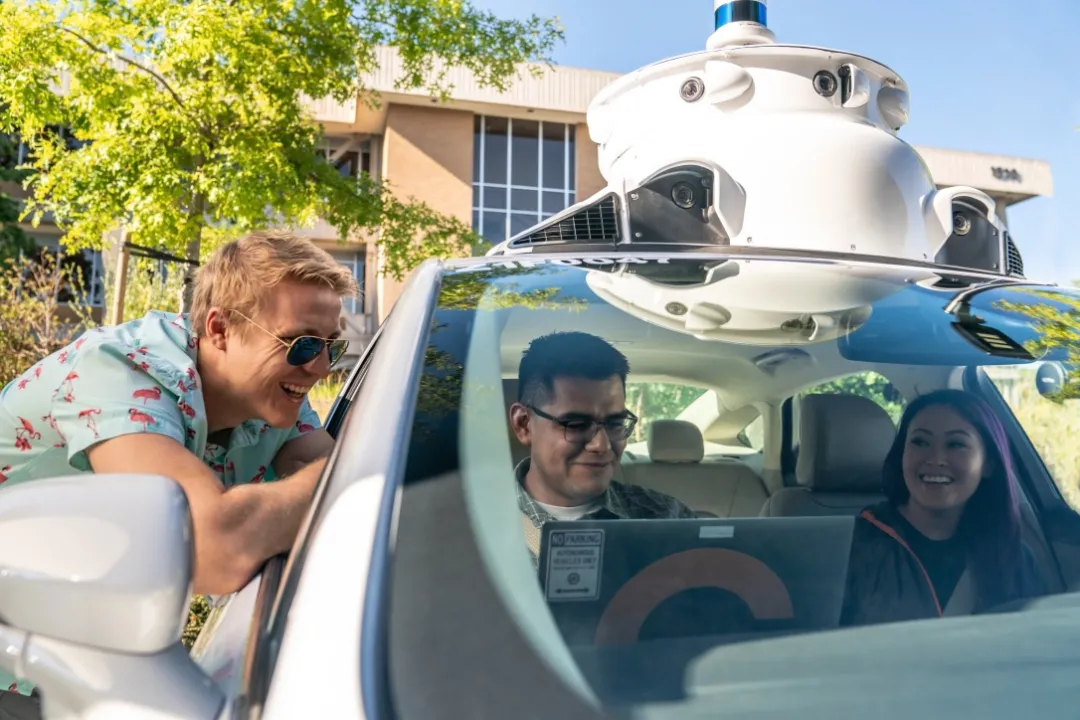
“So at the outset of establishing Argo AI, the plan was to tackle the most complicated problems and train our system in the most complex environments, which is where we believe it will be most meaningful.”
As for which company he was referring to, he left it to the audience to guess.
Autonomous driving services to be rolled out by 2025
Bryan emphasized that among all the autonomous driving companies, they have the largest autonomous driving test track in the world.
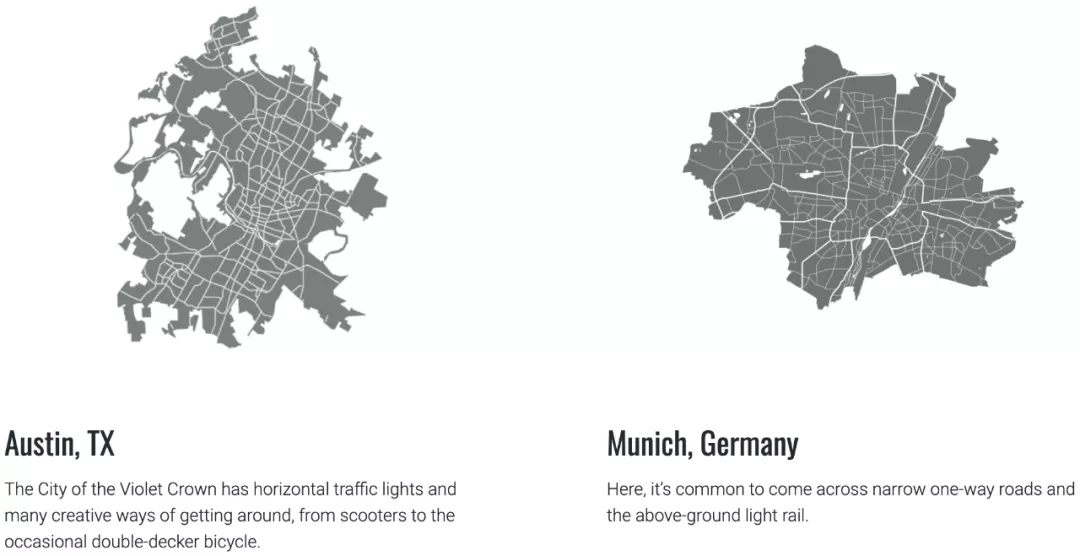
Currently, Argo AI is carrying out self-driving tests in six cities in the US and has related projects in Hamburg and Munich, Germany. Data is continuously collected and the self-driving system is trained around the clock. Argo AI will accelerate the deployment of autonomous driving services in the near future.
At this auto show, Argo AI and Volkswagen launched an autonomous driving car based on the ID.BUZZ model which is currently undergoing closed tests at Argo’s testing site near Munich Airport.
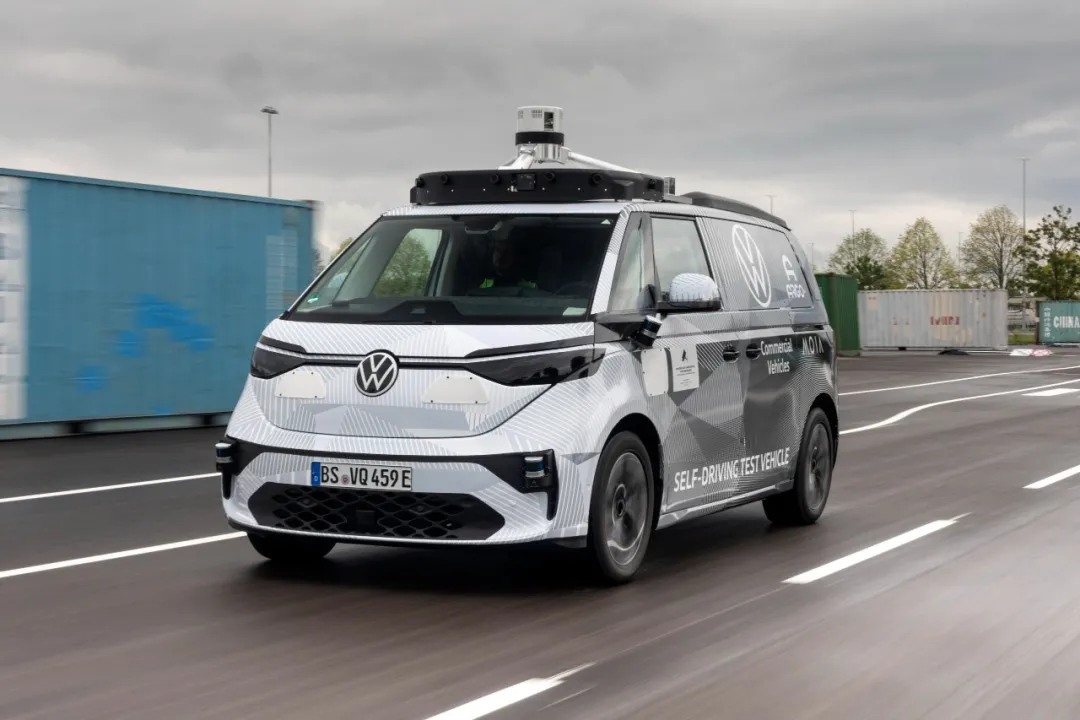
Judging from the photo, besides the noticeable module on top of the vehicle, the sensors and the car body are well integrated.
This should also be the first autonomous driving car launched by Argo AI and Volkswagen. Bryan also revealed that their collaboration model is different from other manufacturers. “Our partnership is close and has started from the very beginning of vehicle design. We work on sensor placement and collaboratively test the systems to ensure that the product meets consumer demand in all aspects. This kind of transparency may not exist in other partnerships.”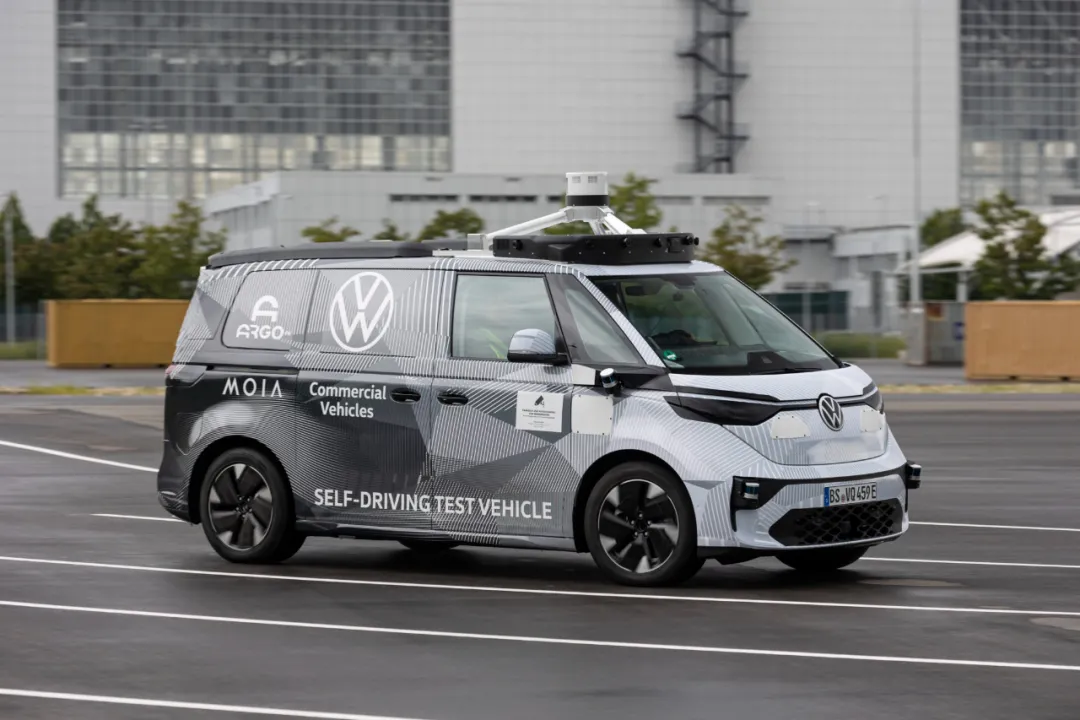
As for when we will be able to experience the autonomous vehicle services from both parties. Bryan revealed that Argo AI will be providing commercial autonomous driving services in the city of Hamburg in 2025, while ride-sharing services will be provided by MOIA, a subsidiary of Volkswagen.
Well, it’s another 2025 🙂
This article is a translation by ChatGPT of a Chinese report from 42HOW. If you have any questions about it, please email bd@42how.com.
